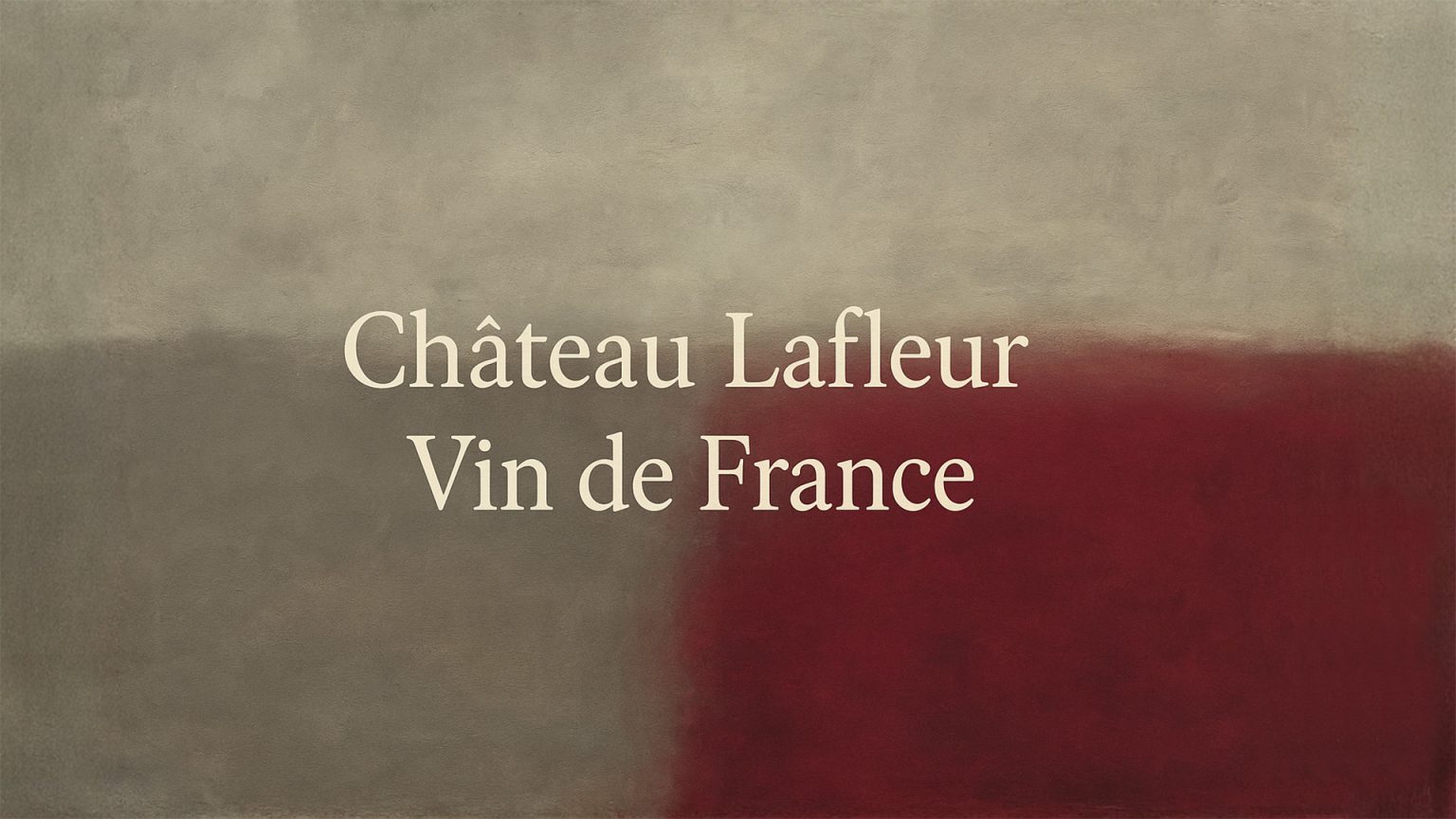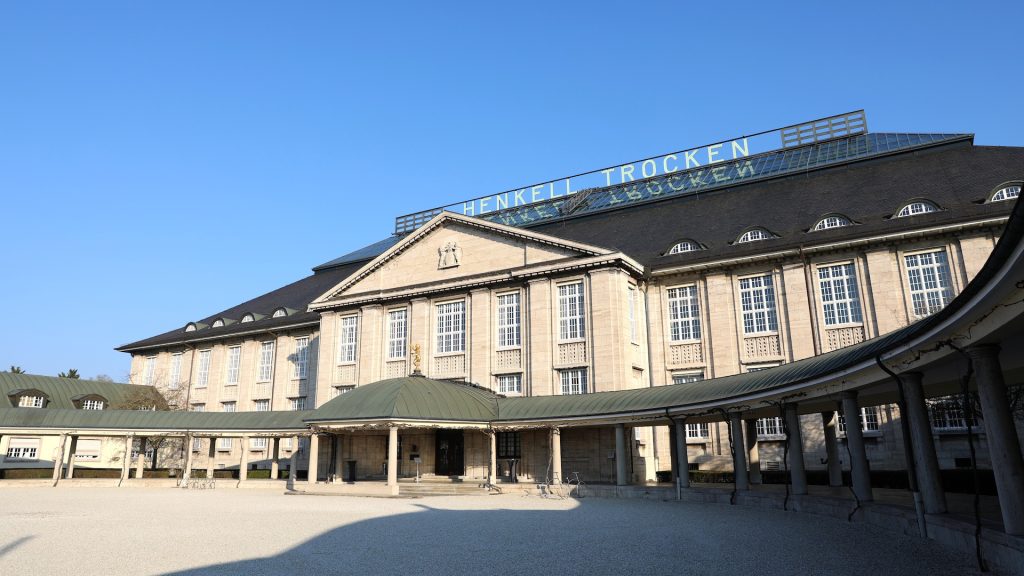On August 24, 2025, Château Lafleur, one of Bordeaux’s most revered estates, announced it will exit the Pomerol and Bordeaux AOC systems starting with the 2025 vintage. All six of its wines—Château Lafleur, Les Pensées, Les Perrières, Les Champs Libres, and Château Grand Village Rouge and Blanc—will now carry the Vin de France designation. This bold move, driven by the Guinaudeau family’s response to climate change and the constraints of the AOC framework, signals a pivotal moment for Bordeaux and raises broader questions about the future of traditional appellation systems.
Founded in 1872 and managed by the Guinaudeaus since 1985, Château Lafleur is a cornerstone of Pomerol’s famed plateau, celebrated for its unique terroir and coveted wines. The decision stems from the intensifying challenges of climate change, with vintages like 2015, 2019, 2022, and now 2025 highlighting the limitations of AOC rules. Regulations on grape varieties, planting density, and irrigation have struggled to adapt to the hotter, drier conditions reshaping Bordeaux. While experimental plantings have been allowed since 2021, the pace of reform has been too slow for Lafleur, which seeks greater flexibility to safeguard its vineyards and preserve its wines’ identity. “We change to remain the same,” the family stated, underscoring their commitment to quality and terroir through innovation.
Lafleur joins a small but growing group of producers embracing the Vin de France label to bypass restrictive appellation rules. In France, estates like Loïc Pasquet’s Liber Pater in Graves, Jean-François Ganevat in Jura, and Gramenon in the Rhône have taken this path to experiment with innovative blends or techniques, proving that quality can flourish outside the AOC system. Internationally, Italy’s Sassicaia set a precedent by breaking from Chianti DOC to create the Super Tuscan category, earning global acclaim. Lafleur’s move, however, is unprecedented for a Bordeaux estate of its caliber, signaling a potential shift in the region’s traditional framework.
The implications extend beyond Bordeaux. Lafleur’s exit could inspire other top estates to reconsider their ties to the AOC system, pressing the region to accelerate reforms to address climate-driven challenges. Globally, it underscores a tension between tradition and innovation in regulated wine regions like Italy’s DOC or Spain’s DO, where producers face similar pressures to adapt to climate change through new grape varieties, irrigation methods, or sustainable practices.
Subscribe to our newsletter
The rise of Vin de France also carries market significance. Once associated with entry-level wines, the category is gaining traction among premium producers like Lafleur, shifting consumer perceptions. As high-quality, terroir-driven, and innovative wines adopt the Vin de France label, more consumers are exploring these bottles with an open mind, moving beyond the notion that only AOC wines guarantee excellence. This trend could diversify the market, offering wine lovers unique expressions while challenging the dominance of traditional appellations.
The 2025 vintage, described by the Guinaudeaus as “not just great, but extraordinary,” will test the market’s response. Will collectors embrace Lafleur’s Vin de France wines at their premium prices? The answer could shape the category’s future and influence other producers’ strategies. Meanwhile, Bordeaux faces pressure to modernize its AOC rules, balancing heritage with the need to adapt to a changing climate.
Château Lafleur’s leap to Vin de France challenges the wine world to rethink how tradition and innovation can coexist in an era of climate uncertainty. As the 2025 harvest unfolds, its bold vision may inspire producers and enthusiasts alike to embrace a new chapter in winemaking, where flexibility and terroir drive the future.


